Equipment
Why You Need to Consider Parabolic Reflectors in Your Work
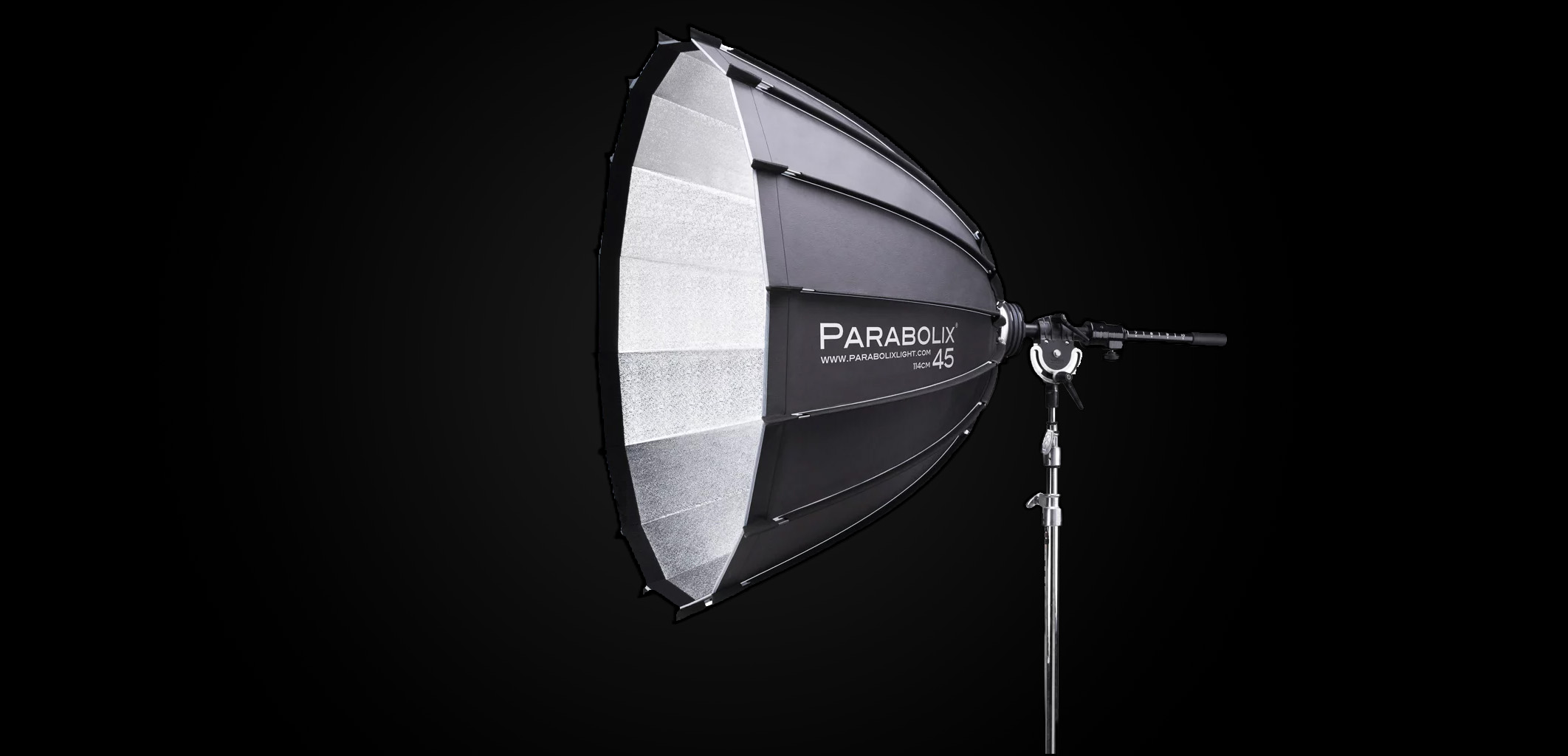
I love using studio strobes in my photography work. The flexibility and control it gives me far outweigh any of the benefits I’ve found with natural light. However, fundamentally, strobes are designed to mimic sunlight, and modifiers are designed to mimic the weather conditions included in sunlight. Small modifiers are designed to mimic a bright sunny day, whereas large modifiers diffuse the light like on an overcast day. And while I normally wouldn’t confess a preference towards a particular modifier – because they each serve their purpose – if you’ve followed my work for a while, you’ll know that I love parabolic lighting modifiers.
While the goal of light modifiers is to mimic the sun, that is far more challenging than one might think. Sure, strobes are no match for the 432K radius of the sun, the light projection is also extremely difficult to imitate. The average distance Earth has to the sun is around 93 million miles (150 million km), and so when the rays of light from the sun hit our atmosphere, the light rays are almost exactly parallel. This is why the sun has several unique characteristics that strobes cannot mimic, such as shadow size and sharpness. You see, when light leaves a studio strobe, it leaves the bulb in all directions. While umbrellas, softboxes, and other modifiers will do their best to control this chaotic output shooting in all directions, they can only do so much – because truly parallel light requires a lot of distance to be achieved.
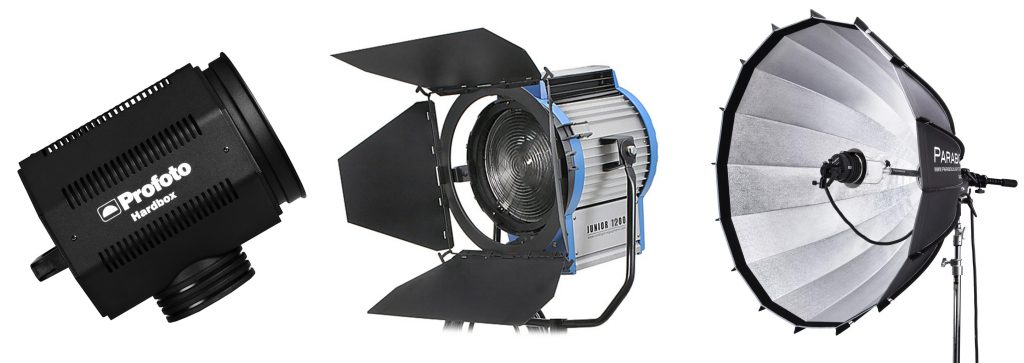
But, impersonating sunlight can be effectively cheated in several ways. The first way is to block out the bouncing light rays, bringing it to a single point, by using something like a Hardbox. While this works well, you’ll need a very powerful strobe to handle such a tool, as it absorbs the majority of the light. The other way to mimic the parallel rays of the sun is to use a lens to focus the light beams (similar to how a camera lens focuses the light onto a camera sensor/film). The most obvious lens for something like this, since light ray quality is not important, is the use of Fresnel lenses. These lenses will refract the light rays to better direct the light into a parallel ray. However, this comes at a cost – most notability, chromatic aberration (the rainbowy edges often seen in fresnels and spotlights).
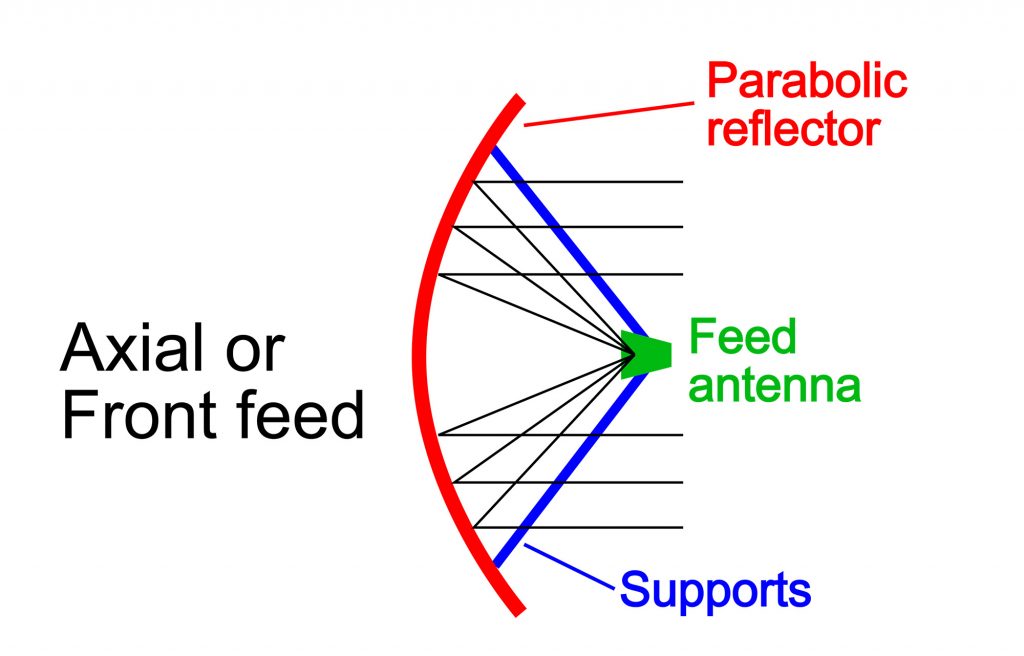
The third way, and my favorite way, is through the use of a parabolic reflector. If you’re not sure what a parabolic reflector is, the easiest visualization is a satellite dish. A parabolic reflector transforms an incoming plane wave traveling along the axis into a spherical wave converging toward the focus. Or in simpler terms, it takes omnidirectional light and makes it parallel light through the use of a reflective surface that’s angled in the shape of a specific amplitude of a wave.
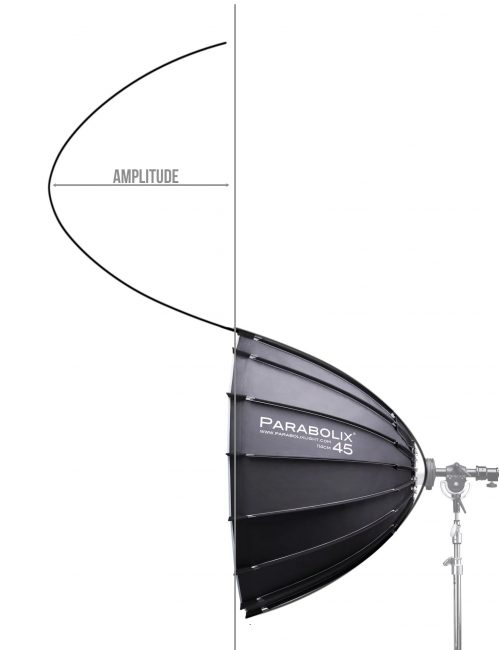
Through the use of these scientific terms and aggressive patents, parabolic reflectors have always been notoriously expensive tools within photography, and only recently have brands been able to create their own parabolic reflectors at a (somewhat) affordable price. So, what makes parabolics so special?
The Features of a Parabolic Reflector
At first sight, it might be easy to confuse a parabolic reflector with an overengineered umbrella or even an octabox, but there are a few key features that make them far more unique than either of those options. For one, the light mounts to a focusing rod and cage within the parabolic reflector, which centers it so that the light source fills the reflector before bouncing out and toward your subject. Whereas an umbrella will often mount slightly above or below the center of the light (through an umbrella shaft porthole), a parabolic reflector mounts the light center with the amplitude of the wave shape, giving you a nearly parallel light reflection similar to what you see with sunlight. If we continue with the satellite dish comparison, think of this as the rod that sits in the middle of a satellite dish. By having that feedhorn directly center, it’s able to bounce the radio waves off of the dish at several angles, and the bounced waves will leave the dish completely parallel. How Stuff Works has an easy-to-follow explanation and visual representation of how this happens, but in essence, the same design applies with lighting and a parabolic modifier.
Secondly, a parabolic reflector offers a focusing rod, which can effectively change the size of the reflector by moving the light forward and backward, adjusting the ‘amplitude’ of the reflector’s wave design. This allows you to create a variation of hard light and soft light based on your focusing rod position, giving you a lot of versatility with your light. Want hard light? Pull your focusing rod out so that the light head is close to the base of the parabolic reflector and fire away. Looking for softer light? Then just push your focusing rod forward, and the light head away from the reflector. I’ve put together the example below as an illustration.
How to Use a Parabolic Reflector
Using a parabolic reflector, such as the Parabolix 45in Reflector we have in our inventory, is fairly easy. The first thing is you’ll want to make sure you find the correct cage for your strobe. As of right now, we have the Profoto mount cage, the Paul C Buff mount cage, and a Universal mount cage. This portion goes onto the end of the focusing rod, where your light source mounts. Secondly, you’ll want to make sure you’re using an exposed flash tube light to assure the best coverage of lighting in all directions – so flat head strobes like the Profoto B1X or Profoto D2 won’t give you the same versatility and effects when using a parabolic reflector. Instead, you’ll want to use a Profoto Pro head (a Profoto Acute head if you have one) or something like the Alien Bee B800 strobes.
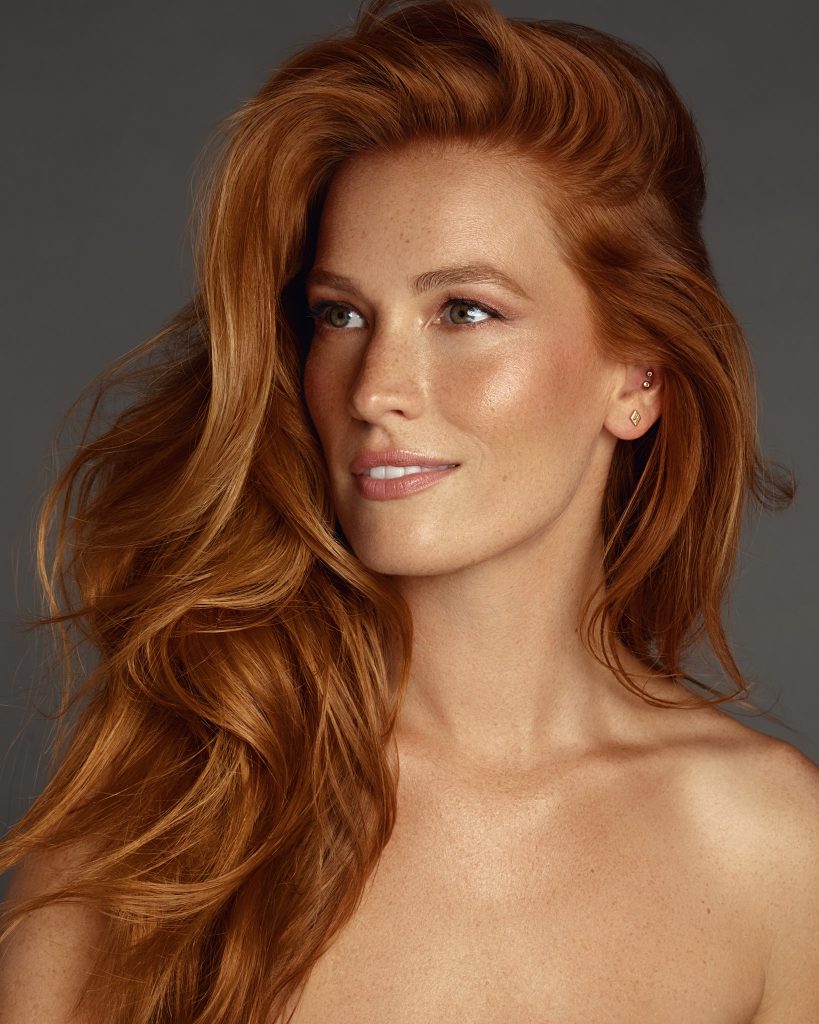
From there, using a parabolic reflector is as easy as finding your zoomed position and light placement, and shooting. For me, because I shoot beauty photography and generally shoot from the shoulders up, I prefer a zoomed position between 2-5, which brings the light closer to the center of the modifier and often gives a slightly harder, more specular light. However, each person has their own preference in its utility, and the broad range of light quality can change quite a bit from one position to the next.
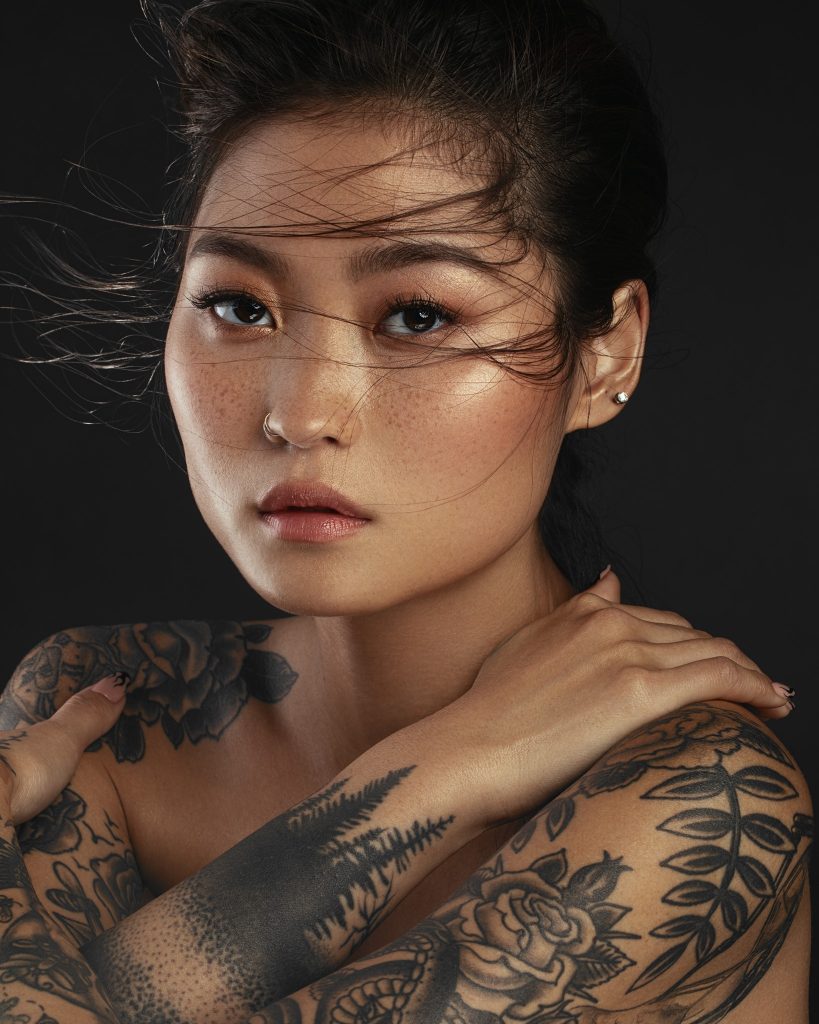
To finalize, parabolic reflectors have been my go-to choice for lighting modifiers for several years now, and I’m excited to see Parabolix modifiers making their way into the inventory here at Lensrentals.com. Their ability to get specular lighting makes them one of my favorite modifiers, and the light control that comes from the use of a parabolic design allows you to shape your light more effectively without affecting other aspects of the scene. If you’re a fan of umbrellas, octoboxes, or other circular light shapers, maximize your control by giving parabolic modifiers a try.
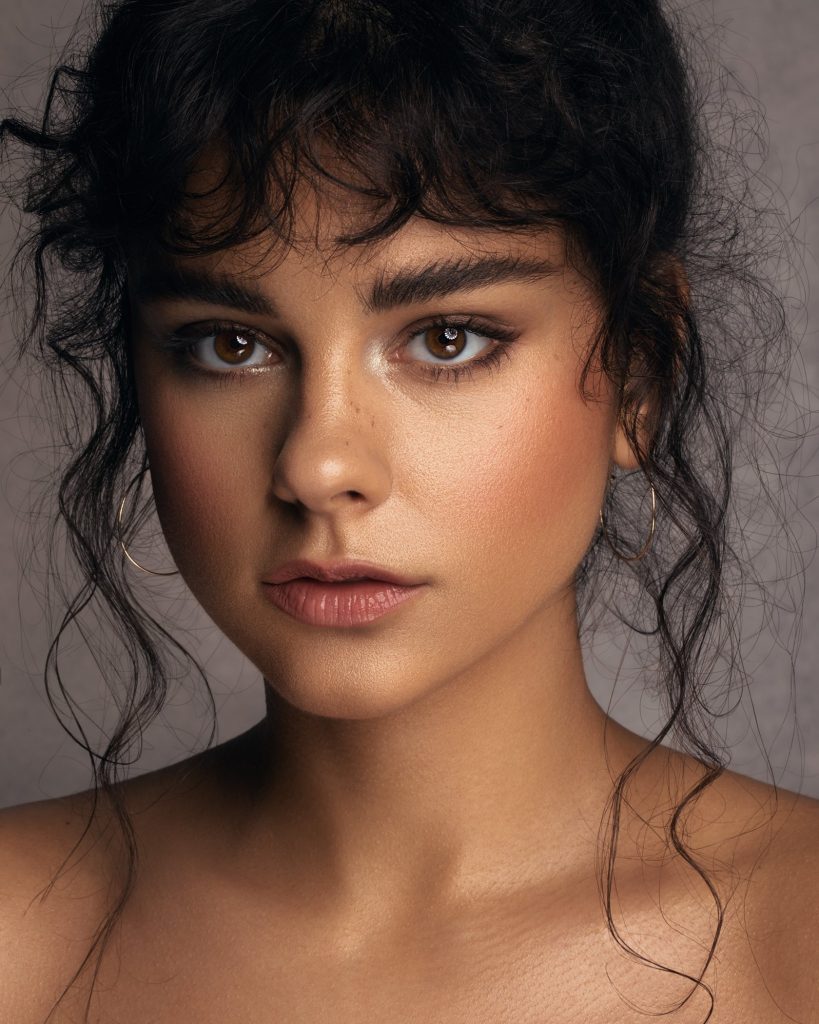
Author: Zach Sutton
I’m Zach and I’m the editor and a frequent writer here at Lensrentals.com. I’m also a commercial beauty photographer in Los Angeles, CA, and offer educational workshops on photography and lighting all over North America.-
Luis Gabriel Photography
-
Rahul
-
Rahul
-
Baconator
-
Zach Sutton Photography
-
Supreme Dalek
-
Mike Fitzgerald
